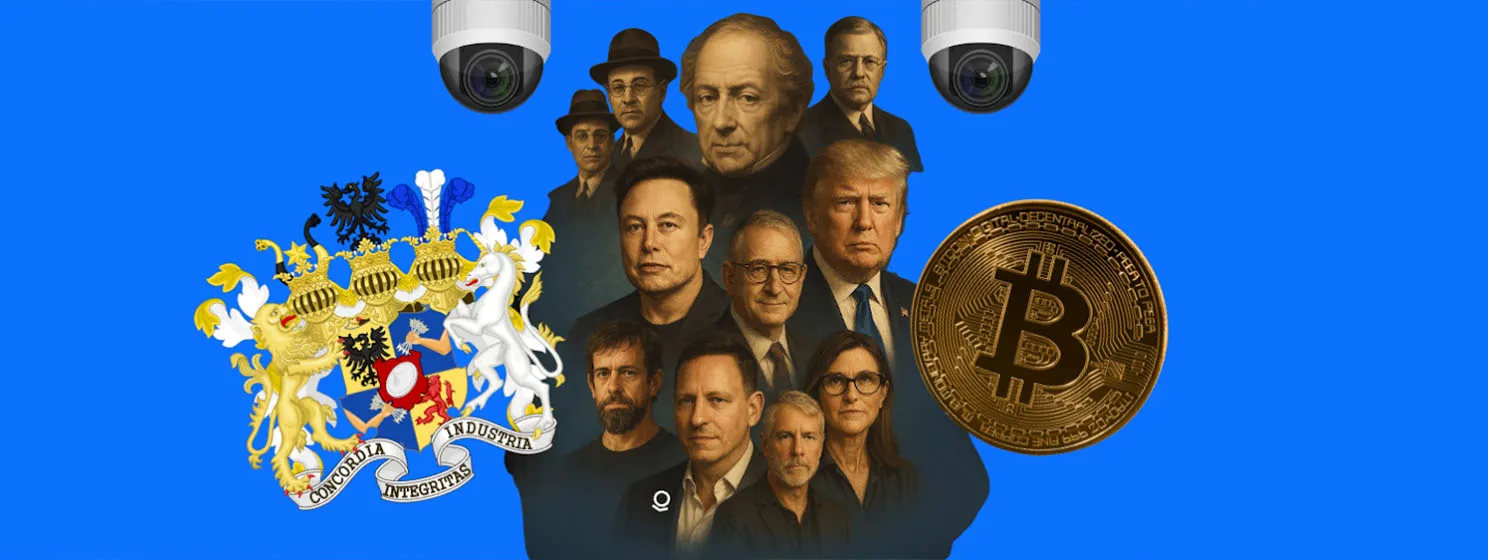|
Getting your Trinity Audio player ready...
|
My first day at the Granath v Wright trial in Oslo was like a typical gig. In the morning, Magnus Granath on the stand was the pleasant, acoustic warm-up act. With a neatly trimmed beard, looking younger than his 45 years, the former primary school teacher in a comfortable sweater oozed a mild Nordic charm. Surely this couldn’t be the author of those offensive tweets? (“Happy #craigwrightisafraudweek everyone …double taco rations tonight” and many worse.)
It turns out that he also tweets as an anti-vaxxer and there are rumours that beneath the sweater, there are multiple tattoos. But as an act, he was hard to dislike, if not quite powerful enough to hold the audience’s attention.
Next, Craig Wright came on. Here was a much higher octane performer. Dressed in his trademark three-piece pinstripe, from the word go he meant business. When the judge asked him to repeat the oath, ending with “…I do solemnly affirm.” Wright added on: “and so swear to God.” Nobody objected.
So why had he decided to go after Granath—at first known to him only as @hodlnaut on Twitter? Well, it was because his mother had got in touch on WhatsApp, he said, to ask “why don’t I do something about these nasty people?” He also cited some hateful and violent messages he was sent about his wife and daughter (not connected to Granath) and seeing pictures of his own face with bullet holes in it posted online.
Twitter is supposed to take action for that sort of thing. Instead, his account was closed down. His lawyers’ letter to Granath (when he was eventually located by a private investigator following a mistaken disclosure by one of his own lawyers) offered him the chance to escape legal action by deleting the tweets and apologising. Granath didn’t fulfil all the demands and instead brought a pre-emptive action—this one—against Wright in the Norwegian court.
So now Wright has to prove that he is Satoshi and Granath has to prove he’s not. Wright set about it at a canter, allowing his lawyer to lead him through a breezy account of his family history, education, working life and software creations. There was some interesting new evidence, including an 80-page handwritten plan for Bitcoin from August 2007. The front page has “electronic cash” crossed out and replaced in purple crayon with “Bitcoin.”
Wright referred to various people who he said had known what he was up to before Bitcoin was released. So there was a Mark Turner who advised on the user interface—to little effect because “I often ignored him and it stayed ugly.” And his uncle Don Lyman received an early draft of the white paper. He “pulled it apart, told me it was terrible …and I wasn’t happy about it.”
For all their differences, Granath and Wright had more in common than perhaps they realised. Neither wanted to be publicly associated with the activities that were being discussed in court: Granath wanted to stay anonymous and Wright never wanted to be identified as Satoshi. Yet both said that there were plenty of people in their circle who knew about their pseudonymous identities before the world did. Both had supportive partners present in court.
And while Granath could have escaped the whole case by retracting his allegations about Wright, he chose not to: he agreed to delete the tweets but refused to go any further than that to meet Wright’s demands because that would be “lying to myself.” Similarly, Wright answered a question from the judge about why he didn’t just sign the Hal Finney block and avoid all this trouble. No, said Wright, identity can only be proved by people and “soon as I sign with a key, it’s over.” After that, nobody would ever make the effort to put together the 70 to 100 witnesses he’s tracking down to testify to his story: “I refuse to do the easy way out.”
The difficult way out continues tomorrow.
Watch Granath vs Wright Satoshi Norway Trial Coverage Livestream Day 3:

 07-15-2025
07-15-2025 





